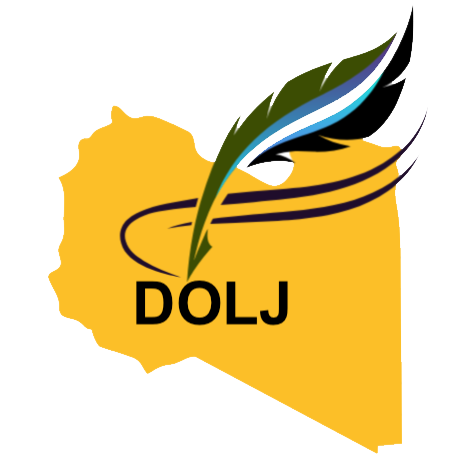Ain Ziana in the Benghazi Plain, water budget and investment potential
DOI:
https://doi.org/10.54172/qc2vfs59Keywords:
Ain Zayana, Benghazi, DesertificationAbstract
The environmental situation in the semi-arid lands between Al-Uqaylah and Benghazi, characterized by the spread of salt flats along the coasts, contamination of groundwater with seawater, deterioration of vegetation cover, soil erosion, worsening desertification, and the emergence of rocky layers on the surface, in an area that could be the richest in fresh groundwater in Libya, considering its size, deserves the attention of all researchers in the field of developing and managing resources in Libya. This is particularly crucial for the sustainable development of approximately 20,000 hectares of these semi-arid lands, transforming them into a sustainable oasis, relying on the self-renewable freshwater resources of the Benghazi Plain. The aim of this research is to correct the quantity of fresh water discharged from Ain Zayana based on the hydrodynamic push principle. Additionally, it involves proposing a plan to utilize the water from Ain Zayana by separating fresh water from saline water through sand filtration.
Downloads
Published
Issue
Section
License

This work is licensed under a Creative Commons Attribution-NonCommercial 4.0 International License.
Copyright of the articles Published by Almukhtar Journal of Social Science (MJSSc) is retained by the author(s), who grant MJSc a license to publish the article. Authors also grant any third party the right to use the article freely as long as its integrity is maintained and its original authors and cite MJSSc as the original publisher. Also, they accept the article remains published by the MJSSc website (except in the occasion of a retraction of the article).













